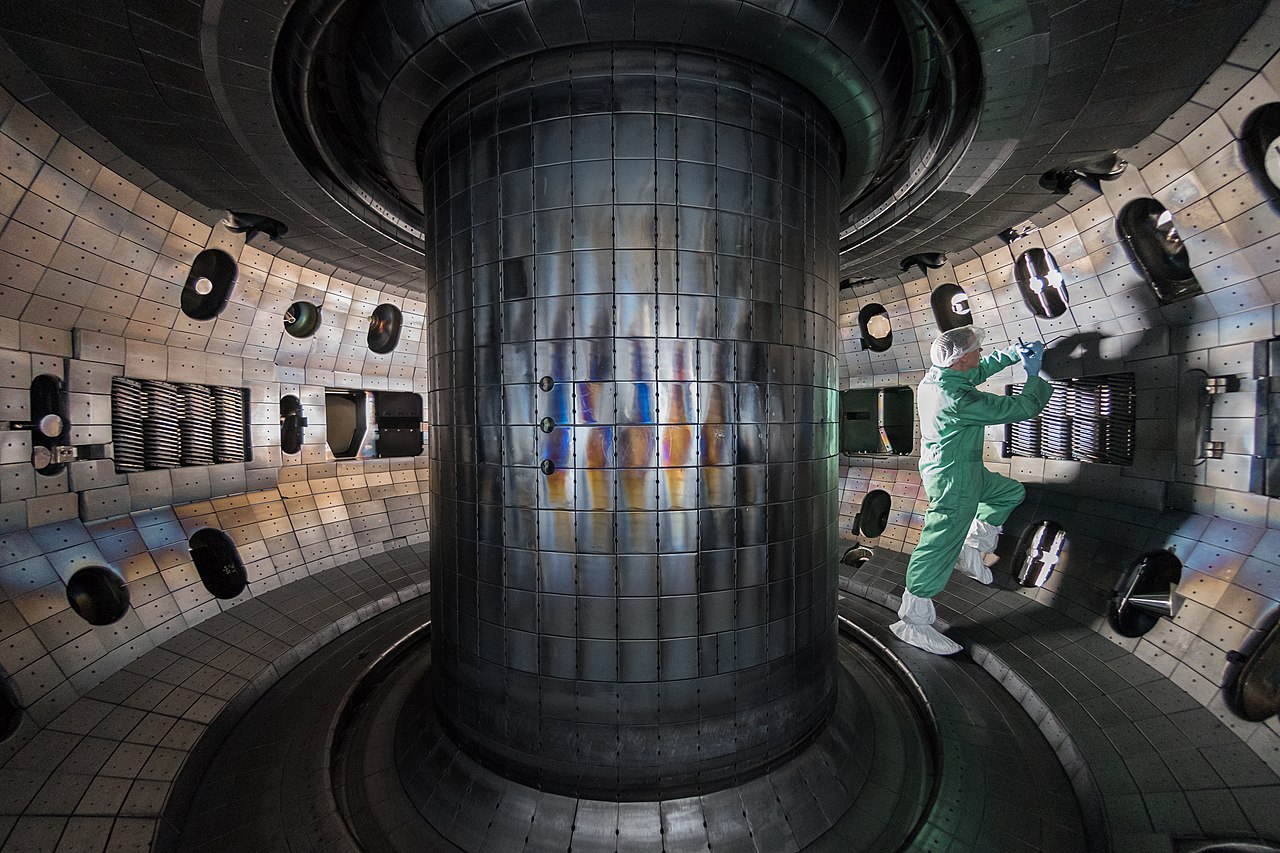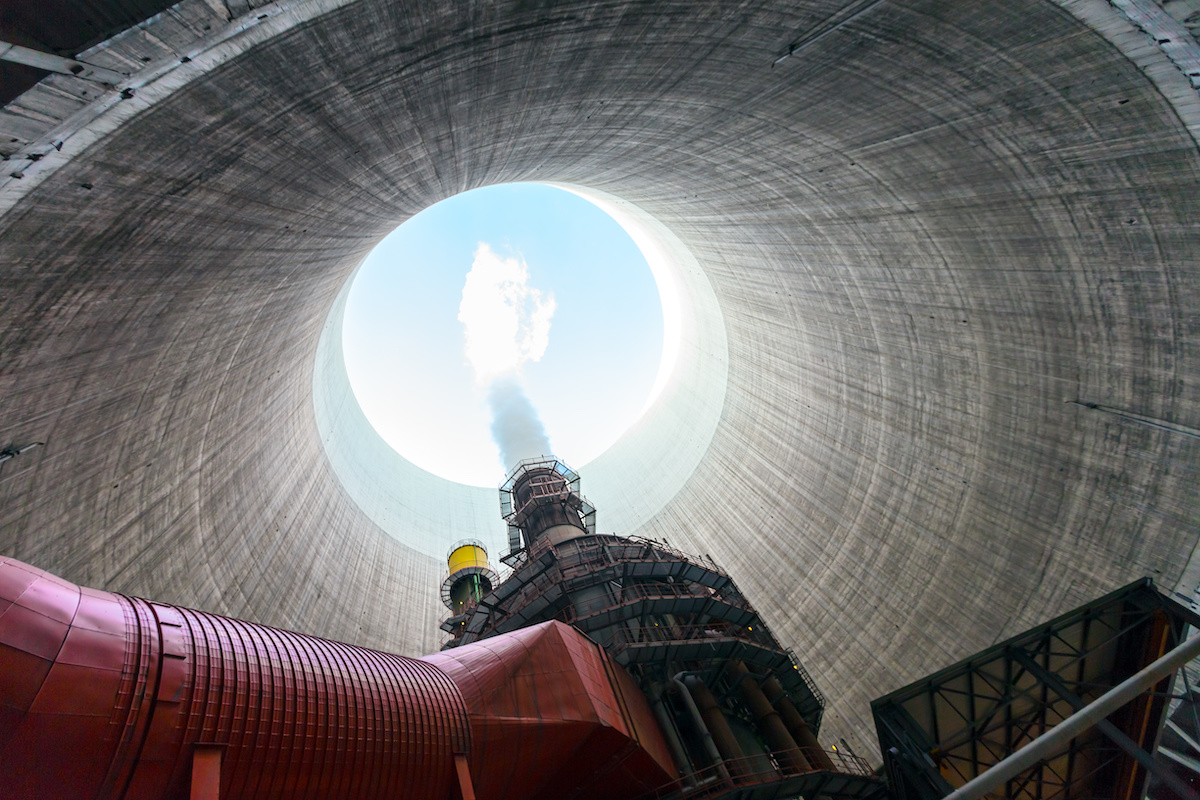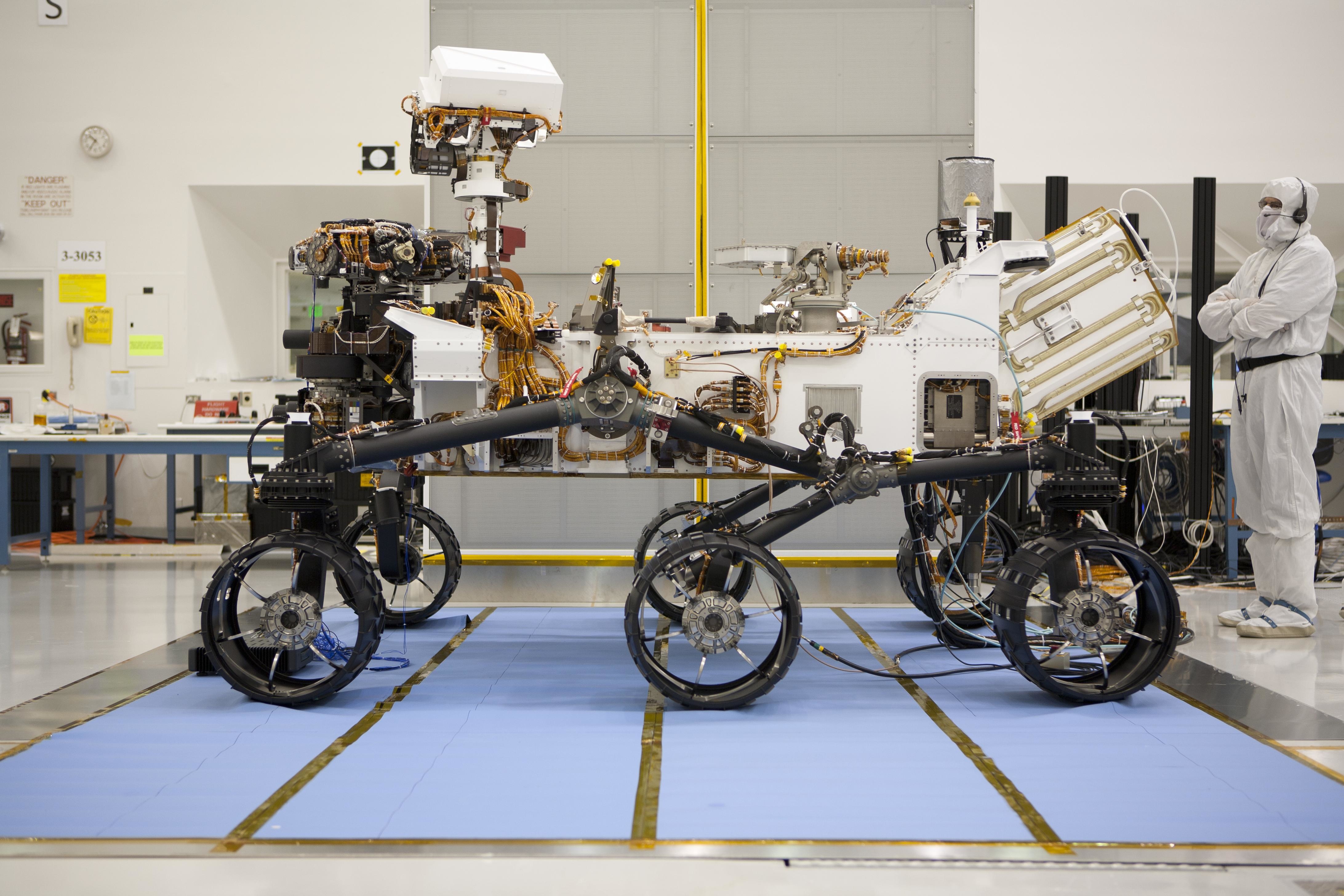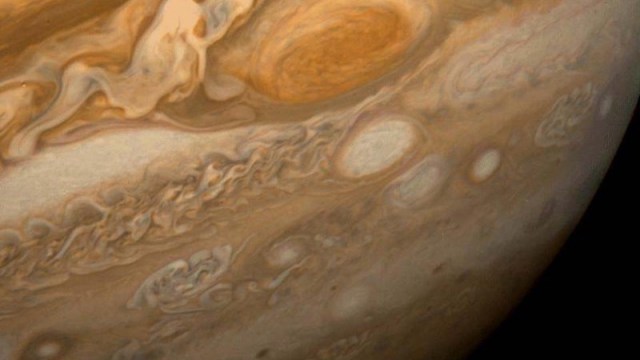NASA About to Test a Nuclear Fission Reactor for Powering Its Mars Colony
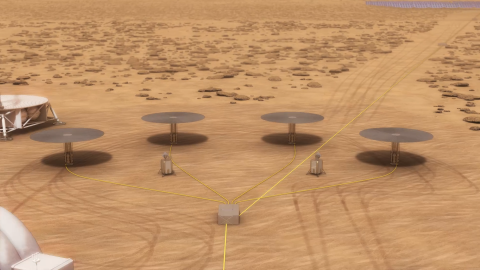
NASA has given new life to the idea of using nuclear fission to power space missions, something it last considered in the 1960s. Now for three years, it’s been funding the development of a project called Kilopowerthat could be the key to colonizing Mars and other planets.
The goal of the project is to develop a “low-cost, scalable fission power system” for providing power in space. The Kilopower tech aims to achieve that by creating smaller reactors that can be combined to provide the necessary amount of energy. The scientists envision that the uranium-splitting Kilopower reactors can be used in multiples on Mars instead of one large power plant. This would result in a new generation of surface landers and human missions that originate from Mars.
In fact, the researchers estimate Mars surface missions would need around 40kW of power altogether. This amount of energy can power “about eight houses on Earth,” according to NASA. The 6.5-feet-tall Kilopower reactors are each designed to provide 1-10 kW of electrical power to a spacecraft. Thanks to nuclear fission, with 4 or 5 Kilopower reactors, NASA could power a Mars colony, running with all the equipment necessary to produce fuel, clean the air and water, and charge all the batteries.
What is nuclear fission? It’s the process of splitting of a heavy atomic nucleus into two lighter nuclei, releasing tremendous amounts of energy which is converted into electrical power. Atomic bombs and nuclear power plants utilize fission.
The reactors are being developed at the Los Alamos National Lab, in partnership with NASA Research Centers and other DOE National labs.
BigThink spoke to Patrick McClure, Kilopower Project Leader and Chief Reactor Designer David Poston.They were optimistic that the technology works, sharing that the idea behind the reactor originated at the Los Alamos National Lab, which was then taken on by NASA’s R&D arm – the Game Changing Development Program. Their goal was to design a lean machine, simple enough to pull off a systems test. Another hallmark of the project’s practical approach was to focus on adapting existing NASA technology that has been approved by regulators. Now the project is further along than any such work in the last 40 years because “we are building an actual nuclear reactor,” explained the scientists.
The team pointed out that the Kilopower technology could offer much more power than solar cells and the plutonium-powered Pu-238 radioisotope thermoelectric generators (RTGs), currently in use by NASA. RTGs have been used to power Curiosity, Voyager and Cassini, but they only put out about 110 watts. NASA also has a problem of obtaining enough plutonium going forward, with the worldwide supplies dwindling.
One big advantage of using fission reactors as opposed to solar power, another idea being developed, is that the Kilopower tech can work in situations when sunlight is not available. Even the places on Mars that receive the most amount of sun get about one-third of the sunlight they’d have on Earth. Blinding dust storms also make solar less than ideal as a reliable supplier of power.
While more work will need to be done to scale the reactors, the Kilopower team is enthusiastic that the technology is almost there. A testing phase of the project begins to September and is supposed to wrap up by the end of 2017.
After the testing completes, NASA will debate the future of the technology as it evaluates its plans going forward. While it’s very promising, the size of the current team supporting this idea is only about 10-11 people. With NASA’s blessing, nuclear fission reactors can become the reality of space exploration in the near future.
Here’s NASA conceptual video outlining the thinking behind the Kilopower technology:


